15 F. high in St. Cloud Thursday.
26 F. average high on February 11.
28 F. high on February 11, 2015.
February 12, 1872: A severe blizzard hits central Minnesota. The temperature at Litchfield was 34 degrees on the afternoon of the 12th, and fell to -20 by the morning of the 13th. At least 6 people died in Meeker County alone.
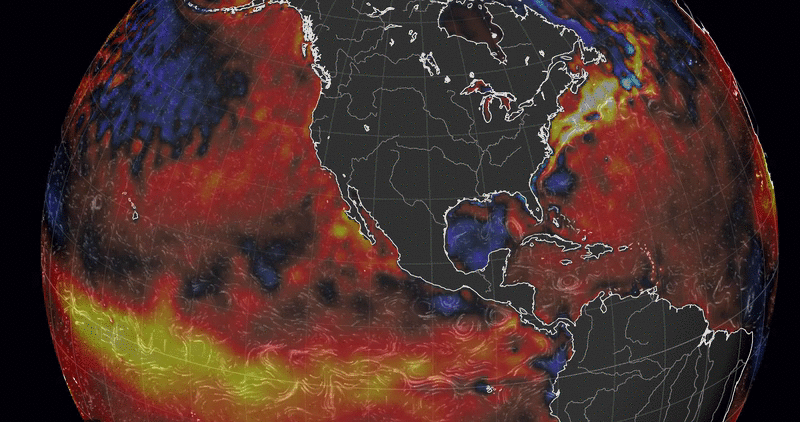
A Tough Minnesota Winter? Not So Much
Before you grumble about the latest cold front try and keep things in perspective. Tonight will be the 10th night below zero at MSP. During an average winter the metro picks up 23 nights below zero.
Heating degree data from NOAA confirms we've all saved 17 percent on heating bills, compared to average. Since December 1 meteorological winter is the 11th warmest since 1872, to date.
By historical standards this winter has been fairly tame, with only 1 real snowstorm (9 inches on Groundhog Day).
The last time we came out of a major El Nino was 1998. The spring that followed was wild: an EF-4 tornado in Comfrey, 57 tornadoes overall - with nearly $2 billion in hail and wind damage, statewide. Every El Nino is different, but I wouldn't be surprised to see an active severe season in 2016.
After waking up to a refreshing -10F Saturday morning and trudging through a couple inches of fresh snow Sunday the mercury rebounds next week. We could see March-like 40s and a little rain one week from today.
I'll have details on the implications of a fading El Nino on TPT's "Almanac" at 7 PM.
Record Heat in SoCal? Reports of 90s, in early February. Details from The Los Angeles Times.
The Current El Nino May Hold Lessons for How To Deal With a Warming Planet. This El Nino may exceed 1997-98 for the largest, most intense ever recorded. Here's an excerpt from PRI, Public Radio International: "...In some sense, what we're seeing around the world right now is an advanced view of the sort of things that we'll see more of in the future — all of the weather systems being somewhat more vigorous than they have been in the past, the risk of both droughts in some regions and flooding in other regions,” says climate scientist Kevin Trenberth of the National Center for Atmospheric Research. El Niño is essentially a “mini global warming" event, Trenberth explains. It arises from a build-up of heat in the waters of the equatorial Pacific Ocean. The warm ocean waters and higher sea levels begin in the western tropical Pacific and then spread to the central and eastern Pacific..." (Image credit: NOAA).
2016 Already On Track To Be Hottest Year Ever Recorded. EcoWatch has the story.
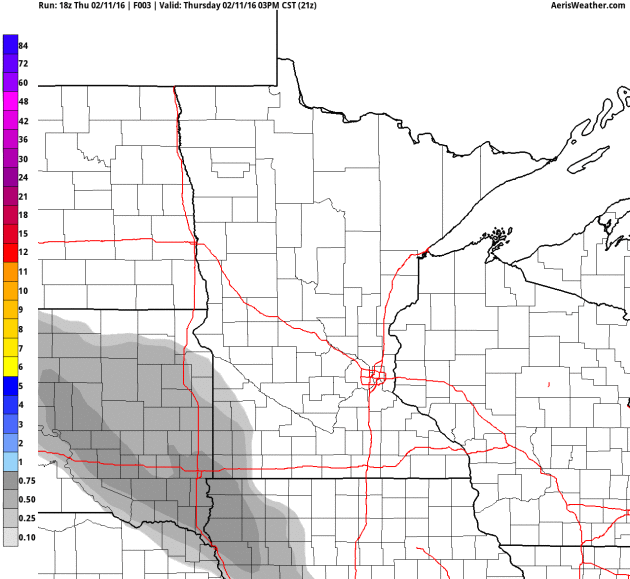
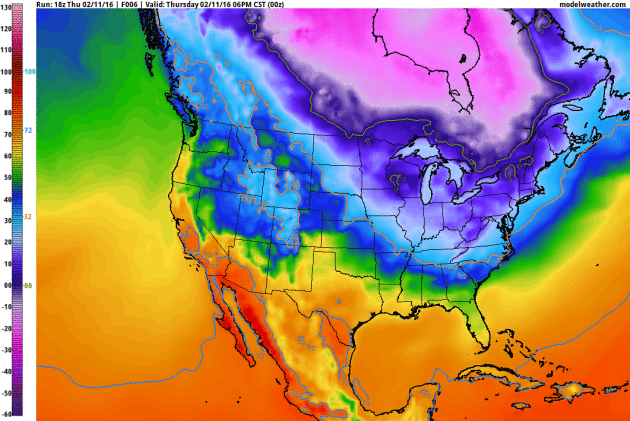

File photo: USGS.
Newest Homes Built to Stand Up To Nature's Fiercest Outbursts. I find this fascinating, how with smart design and materials you can, in fact, build a home that is more storm-resistant as well as energy-efficient. Here's an excerpt from The Washington Post: "...According to the Resilient Design Institute, a nonprofit organization based in Vermont, resilient design is “the intentional design of buildings, landscapes, communities and regions in order to respond to natural and man-made disasters and disturbances as well as long-term changes resulting from climate change, including sea-level rise, increased frequency of heat waves and regional drought.” There is no one-size-fits-all approach to creating a resilient home — solutions vary from region to region. For example, siding could be formulated to be resistant to moisture and freeze-thaw in the North or for resisting hail and flying storm debris in the South..."
Photo credit above: "Homes in the Links at Gettysburg in Pennsylvania were designed with high insulation levels to keep out drafts." High Performance Homes.
BP Admits It Has Consistently Underestimated Renewables. The carbon-free train has already left the station, as reported at Climate Home: "It is hard for any company to envisage a future in which it becomes irrelevant. So it should be no surprise that oil majors forecast the continued dominance of fossil fuels in the energy mix – with coal playing a declining role. What is revealing is how their projections change year-on-year, in the face of a reality that climate policies and clean technology are eating into their market share. BP has revised upwards its predictions for renewable energy every year since it started publishing an energy outlook in 2011..." (Photo credit: Flickr, Aaron).

File photo: Arnold Schwarzenegger.
Legal Marijuana Is Now a Billion Dollar Industry in California. That's a lot of munchies. Here's an excerpt from Quartz: "The
2015 figures are in, and the number is huge—legal marijuana sales in
Colorado were $996 million in 2015, according to Colorado Department of
Revenue figures, the Denver Post’s marijuana website the Cannabist reports.
Colorado collected more than $135 million in taxes from marijuana sales
in 2015. Of that, about $35 million will be put to school construction
projects, the Cannabist reports..."
Photo credit: "That's a lot of weed." (Reuters/Jason Redmond).

TODAY: Sunny, feels like -15F. Winds: NW 10-20. High: 9
FRIDAY NIGHT: Clear and very cold. Feels like -20. Low: -11
SATURDAY: Numbing start, fading PM sun. -25 WC early. Winds: SW 3-8. High: 10
SUNDAY: Couple inches of snow, slick. Winds: SE 10-20. Wake-up: 6. High: 21
MONDAY: Mostly cloudy, average again. Wake-up: 15. High: 31
TUESDAY: Weak clipper, flurries develop. Wake-up: 14. High: 29
WEDNESDAY: Flurries taper, skies clear. Wake-up: 12. High: 26
THURSDAY: Mostly cloudy, warming up. Wake-up: 13. High: 36
Climate Stories...
Photo credit above: "Tamires da Costa, 16, who is four months pregnant, stands in a street with standing flood water next to her home in the Parque Sao Bento shantytown of Rio de Janeiro, Brazil on 29 January 2016." Photograph: Leo Correa/AP.
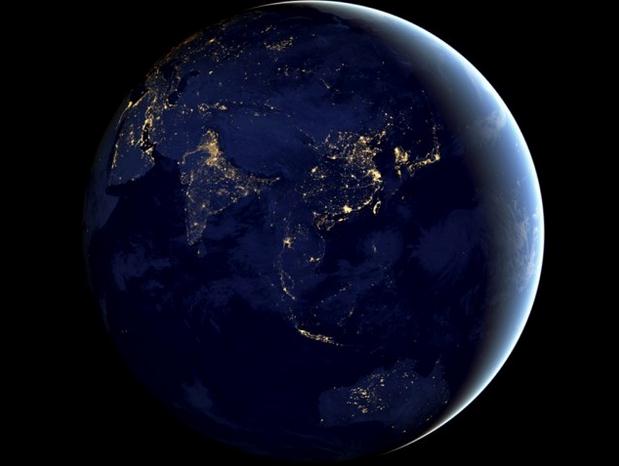
Climate Change Driving Species To The Earth's Poles Faster Than Predicted, Scientists Say. Australia's ABC Network has the story - here's a link and excerpt: "Warming temperatures are pushing land and sea creatures closer to the north and south poles and to cooler altitudes at rates faster than first predicted, scientists say. Scientists from 40 countries are gathering in Hobart for a four-day conference about how climate change is forcing species to move, including humans. Professor Camille Parmesan from Plymouth University in the UK said around the world animals and plants were moving towards the Earth's poles, and it is happening faster than scientists had originally predicted..."
Image credit above: "This NASA animation shows Greenland's ice mass loss from January 2004 to June 2014." (NASA)
Can Only Congress Prevent Climate Change? If you live (or govern) in south Florida climate change isn't an abstraction; rising seas are already taking a toll. Here's an excerpt at Bloomberg Business: "...The new Climate Solutions Caucus differs from most other House groups in that its co-founders, Representatives Carlos Curbelo and Ted Deutch, are from different parties. And they want to keep it bipartisan, with an even number of Rs and Ds. It's probably not a coincidence that Curbelo, a Republican from Florida's 26th congressional district, and Deutch, a Democrat from the 21st district, represent people witnessing climate change in its starkest terms: Their communities, in Miami and surrounding counties, are slowly slipping into the sea..." (Miami Beach photo credit: Trip Advisor)
What These Christians Are Giving Up For Lent: Fossil Fuels. Here's a clip from The Washington Post: "A new initiative in the United Kingdom is not only calling for Christian communities to band together in support of clean energy, but actually helping them get their own electricity that way. The Big Church Switch, which launched Wednesday, aims to inspire both individuals and churches to make the switch to renewable energy sources — and they’re already gaining support from church leaders in the country..."
Photo credit above: "Solar panels sit in an array at the Southwick Estate Solar Farm, operated by Primrose Solar Ltd., near Fareham, U.K., on Friday, Oct. 2, 2015. The plant, situated in 200 acres (81 hectares) of farmland, consists of 175,000 monocrystalline PV modules and has a capacity of 48 megawatts." Photographer: Simon Dawson/Bloomberg
The Supreme Court Could Block Obama's Climate Plans - But It Can't Stop Clean Energy. Here's an excerpt of a Chris Mooney article at The Washington Post: "...However, there’s another side of the story. The fact of the matter is that the Clean Power Plan wasn’t set to fully kick in until 2022 — and in the interim, the U.S. has been going through something that looks a lot like the kind of transition it is meant to prompt even without the plan in place. Namely: The nation has been slowly decarbonizing its electricity system, through the growth of renewables and the switching from burning coal to burning natural gas..."
Photo credit above: "Supreme Court Justice Elena Kagan, from left, Chief Justice John Roberts, Justice Anthony Kennedy, Justice Ruth Bader Ginsburg, Justice Stephen Breyer, and Justice Sonia Sotomayor arrive before President Barack Obama delivers the State of the Union address to a joint session of Congress on Capitol Hill in Washington, Tuesday, Jan. 12, 2016." (AP Photo/Evan Vucci)
Obama Climate Initiative: Supreme Court Calls Halt. In reaching this decision is the court looking out for the common good, or special interests? The price of energy is vitally important, so are short-term health implications and longer-term climate impacts. Here's an excerpt from The BBC: "...Introduced by the president last August, the plan set carbon reduction goals for each state and it was up to the states themselves to come up with proposals to meet those goals. A group of 27 states, utilities and coal miners sought to block the proposal in the courts. They argued that the plan was an infringement on states' rights. An initial attempt to halt the implementation of the plan until legal challenges were heard was thrown out by a US appeals court in Washington in January. However the Supreme Court voted 5-4 to suspend the plan pending the outcome of the litigation..."
Photo credit above: "US power stations are the country's largest source of greenhouse gases." AP.
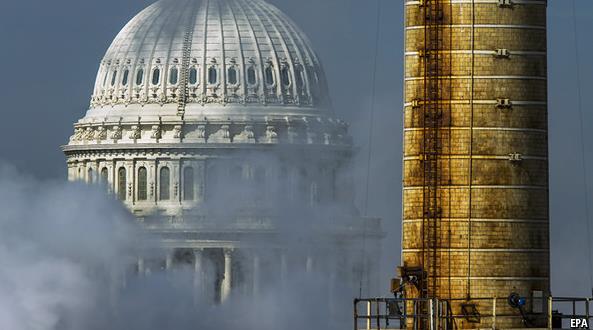
Supreme Court's Blow to Emission Efforts May Emperil Paris Climate Accord. Here's the intro to an analysis at The New York Times: "The Supreme Court’s surprise decision Tuesday to halt President Obama’s climate change regulation could weaken or even imperil the international global warming accord reached with great ceremony in Paris less than two months ago, climate diplomats said. The Paris Agreement,
the first accord to commit every country to combating climate change,
had as a cornerstone Mr. Obama’s assurance that the United States would
carry out strong, legally sound policies to significantly cut carbon
emissions. Over history, the United States is the largest greenhouse gas
polluter, although its annual emissions have been overtaken by China’s..."
Photo credit above: "A coal-fired power plant behind homes in Poca, W.V., in 2014." Credit Robert Galbraith/Reuters.
Graphic credit: "The average monthly temperature anomalies (deviations from an average) from 2004–2015. The new station readings are in green; the old ones using the correction are in orange.
Image credit: ClimateTruth.org/Youtube.
No comments:
Post a Comment